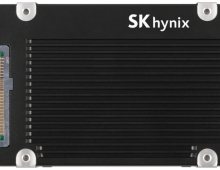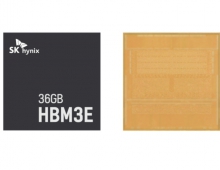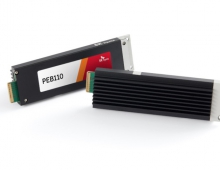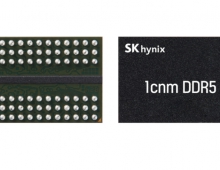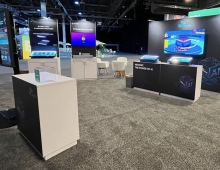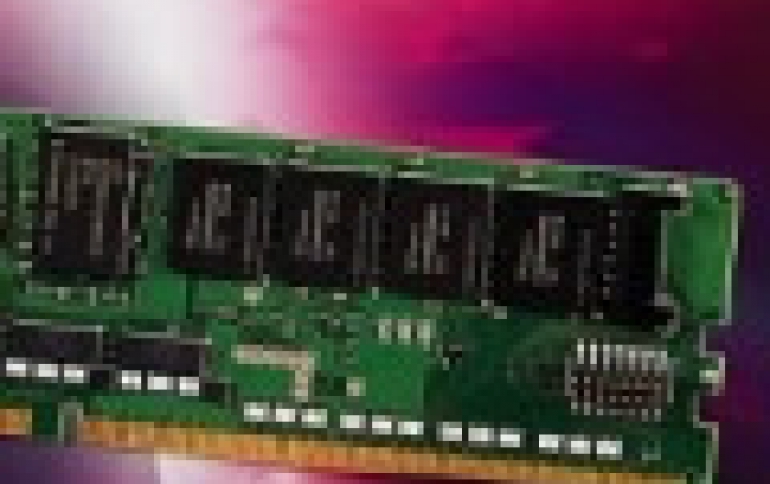
SK Hynix Inc. to Invest $2.7 billion In Cutting Edge NAND Flash Fabs
SK Hynix said on Thursday it will invest 3.16 trillion won ($2.7 billion) in South Korea and China to boost memory chip production capacity, seeking to capitalize on growing mobile and data storage demand.
The memory chip maker said it plans to invest 2.2 trillion won to build a new NAND flash chip production fab in South Korea and 950 billion won to boost DRAM chip production capacity at its existing facilities at Wuxi, China.
The new FAB will be located in a Cheongju Technopolis site. SK Hynix starts a design within next month then begins construction of the shell and the cleanroom in August 2017 to be completed in June 2019.
"The new FAB to be constructed in Cheongju will become a part of our key production facilities to gear up for the upcoming fourth industrial revolution," said Sung Wook Park, CEO of SK Hynix, "Sincerely appreciate great assistance from the National, Chungcheongbuk-do and Cheongju government officials in the construction of the new FAB at a proper time," he added.
Meanwhile, the Wuxi FAB has been contributing to the company's growth since its operation start in 2006, currently representing a half of the company's total DRAM production. Reduction of manufacturing efficiency is inevitable due to space insufficiency considering the increasing number of process steps due to process technology migration which requires more floor space. Hence, to make up for the possible loss of wafer capacity, the company has decided to expand the Wuxi cleanroom space with total investment of 950 billion won from July 2017 to April 2019.
SK Hynix seeks to play catch-up in the NAND market to rival Samsung, which has been dominating the high-end market in recent quarters as it managed to extend a technological lead over competitors with product such as 3D NAND chips that allow for faster data processing.
SK Hynix plans mass-produce the most-advanced generation of NAND flash -- chips that feature 72 layers of data-storing cells --
in the first half of 2017.
The most advanced 3-D NAND chips now are made by Samsung and feature 64 layers of cells. Japanese rival and NAND pioneer Toshiba also plans to mass-produce 64-layer NAND.
SK Hynix currently makes 48-layer 3-D NAND, so it is skipping a generation to reach 72.
TrendForce says NAND chip prices will rise further in 2017 as overall industry capacity growth remains constrained.

